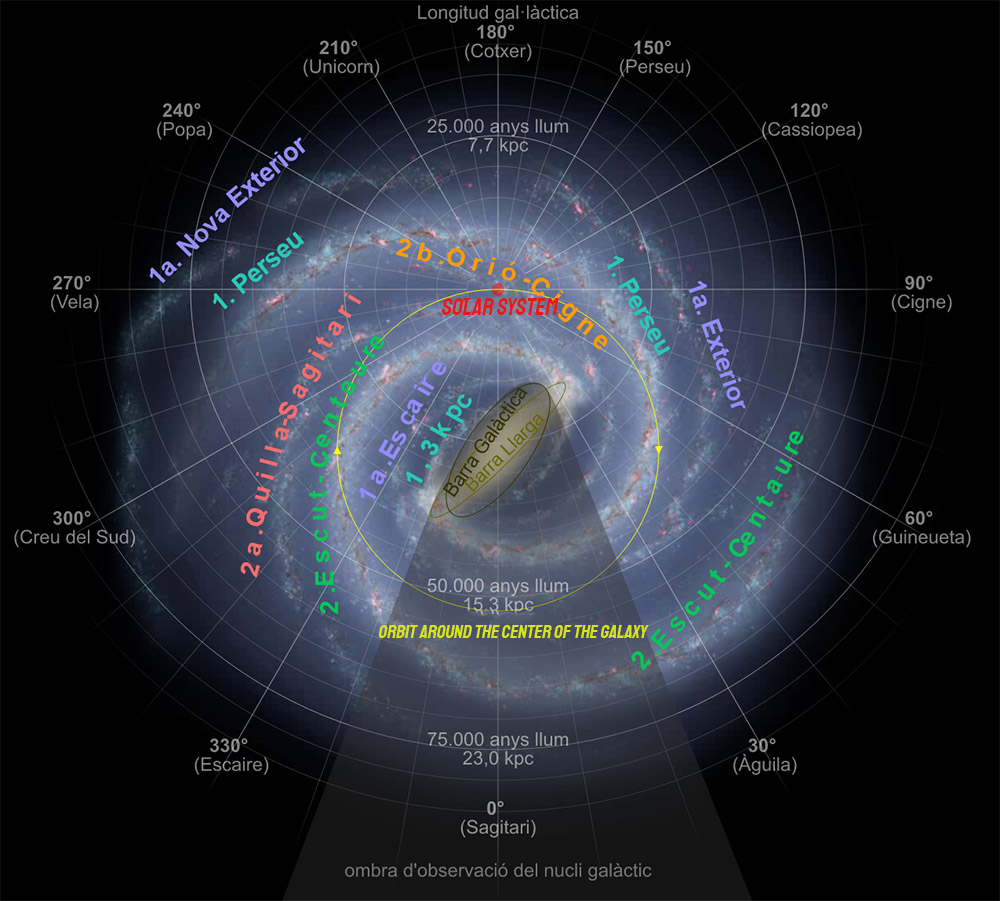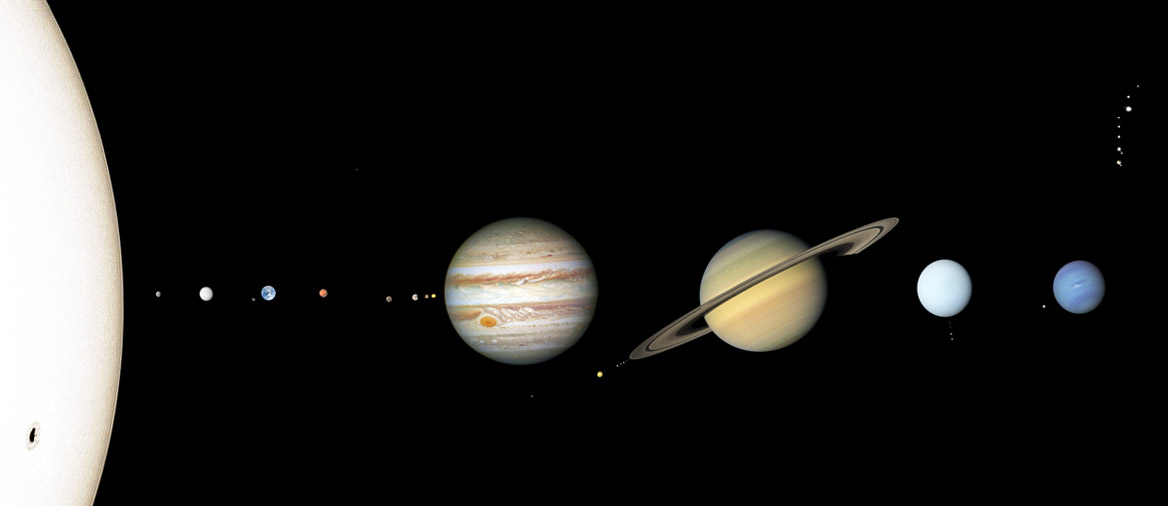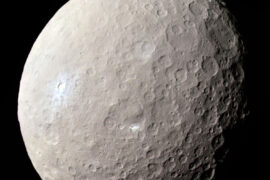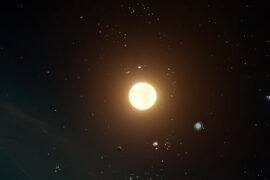It can be hard to visualize how things so big like stars, planets, and even whole galaxies can move through space. We don’t perceive this movement from our point of view here on Earth, but the whole universe is in motion. So a common question about our star system is:
Is the Solar system moving?
The Solar system is moving at an average speed of 720,000 kilometers per hour (450,000 miles per hour). That is almost seven times faster than the speed of Earth around the Sun and more than 1,735 times the maximum speed of the fastest car on Earth.
Just like Earth, the Solar system also follows a circular orbit around a larger object. In the case of our planet, it is the Sun, but in the case of the Solar systems, it orbits around the center of the galaxy (the Milky Way). In there, there is a supermassive black hole called Sagittarius A* and a group of stars in the shape of a bar that contains hundreds of thousands or even millions of stars. Sagittarius A* has approximately 4.1 million times the mass of our Sun. The gravitational force that these objects create at the center of the galaxy is enormous.
It takes the Solar system 230 million years to make a single orbit around the Milky Way. This means that the last time it was located at the point that it is now the first dinosaurs might have just started to appear on Earth.
The following animated model shows a simulation of how the Sun moves around the galaxy while it pulls the planets and the rest of the Solar system with it.
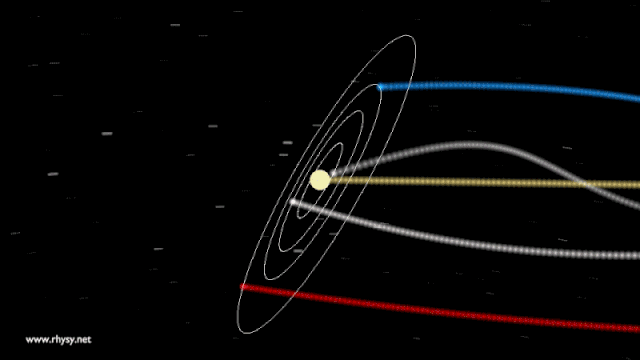
As you can see, there are a lot of moving parts when it comes to stellar motion. Every object in the universe has a gravitational effect on the others around it.
Just like the planets, the Sun also rotates on its own axis. But since it is not solid, different parts of it rotate at different rates. This rotation period takes between 25 and 36 days to complete.
The Solar system is located in the Orion arm of the Milky Way, approximately 26,000 light-years away from the center. The yellow line in the following diagram shows the approximate orbit the Solar system follows as it moves around the galaxy. The red dot indicated its approximate location in the galaxy.
